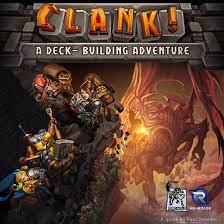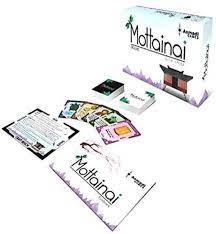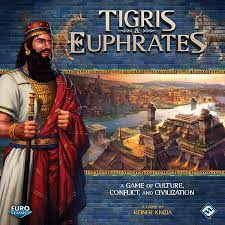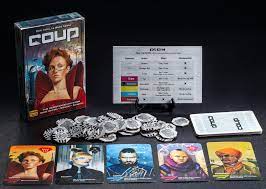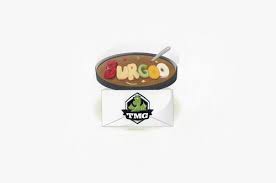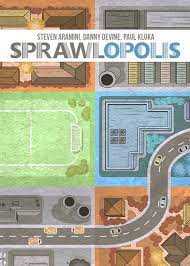Guild Update
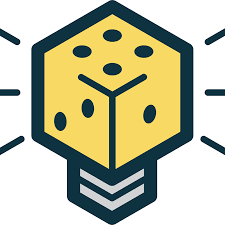
COVID and Guild Playtest Meetings
Currently we are allowing playtest facilitators for each location to determine if meetings will be held, as long as they fall within state guidelines. Updates on the status of these meetings will be announced via our BGDG of Utah’s Facebook Group.
Discord and the Guild
The BGDG of Utah’s Discord is a great way to get to know those in the guild and discuss all things game design! If you’ve not joined yet, we’d love to have you come and participate with us!
ProtoCON 2022

We are looking forward to preparing for ProtoCON 2022! If you are interested in participating or helping to organize it then please reach out to David Gonsalves.
BGDG of Utah Social Media
We have an active Twitter and Instagram account now! Please follow and start using #bgdgofutah in your game design related posts and they will be liked, retweeted etc!
Upcoming/Current Events
SaltCON End of Summer is back!
SaltCON End of Summer has been announced! This will take place from Friday, July 30th – Sunday, August 1st. Badges will open up on May 1st. If you feel comfortable attending then it would be great to see some guild members again after all this time! Stay tuned for more info!
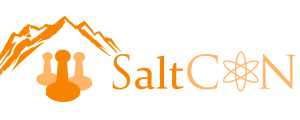
Current Design Contests
Roll and Write Contest (04/16/21 BGG)
54 Card Contest (04/30/21 BGG)
Solo Duo Challenge (05/14/21 The Game Crafter & BGDL)
Board Game Workshop Contest (Submissions open 05/16/21, Submissions end on 06/13/21 Board Game Workshop)
Board Game Workshop podcast
Chris Anderson and guild member Dustin Dowdle interview Sean Chappell (RAMSTAR games) about his game Hivernation and discuss game design and the gaming industry.
Game Design Highlights by Riley Stock
This month in Game Design Highlights will actually be mostly in audio form. Guild member Riley Stock performed several interviews with participants in the recent Protosynthesis event! You can find more info about each of the games that were a part of the event here. Riley is attempting to gather interviews with the remaining participants of Protosynthesis, so if you participated and were not yet included then reach out to Riley.
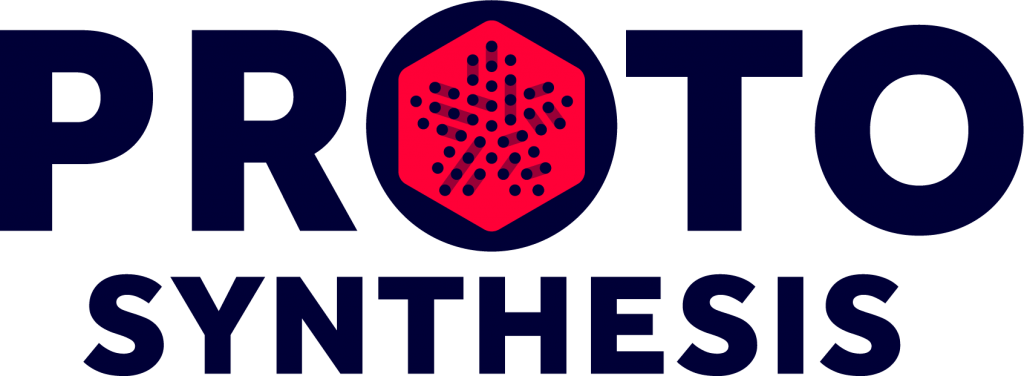
Nerding Out Podcast: Protosynthesis Part 1
1. Putting together ProtoSynthesis with Dustin Dowdle.
2. Jeff Beck – Curiosity Shop
3. Skye Larsen – Fate and Fae
4. Ammon Anderson – Gnome Hollow
5. Matt LeGare – Untitled RPS Fighter
Nerding Out Podcast: Protosynthesis Part 2
1. Brandt Brinkerhoff – Oros
2. Dustin Dowdle – Septet
3. Riley Stock – Solar Delivery
4. Daniel Woodstock – Terraform
Interview with Mike Brown (aka the True Mike Brown)
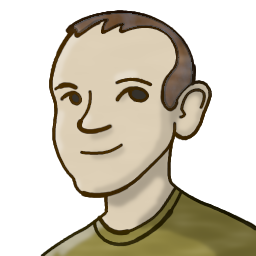
Personal Questions
What’s your backstory? Tell us about yourself and how you got into game design.
I have been designing games since I was 10 years old. I started because Risk took too long to play and too boring as well so I made modifications to the rules to make it more fun. For a while I mostly modified existing games, but eventually I started making my own games.
Can you walk us through your design process? Do you start with specific themes in mind or want to utilize certain mechanisms or something else entirely?
Often I start with a theme, and try to figure out how to fit interesting mechanics into it. Once I have selected a theme I usually completely forget that things are supposed to be thematic, so my mechanics usually grow over the top of the theme to the point that the theme is hard to recognize. I tend to mull ideas over in my head for a while, and then I make a full prototype and test it out by myself until I can get through a full game without completely rewriting things from the ground. Once I can get through a full game then I show the game to my wife next. We play through it and modify it until the game is fun, and then I show it to other people (the board game design guild is usually the first people that I show games to after my wife sees them).
In many instances after having made a full game and getting it fairly playable I have re-themed it repeatedly because I keep getting feedback that the mechanics match a different theme better. Though I personally don’t need good looking artwork for a game to be fun to me I try and make my games look ok before I bring them to the board game design guild, since I seem to get better feedback that way.
How did you come to be involved with the guild?
I was repeatedly invited to join the guild while at SaltCon over the course of multiple years, but could never join because all of the meetings were on the same night of the week – and I had something that prevented me from coming on that night of the week. I even started my own playtest group on a different weeknight for a while, and guild members that attended that also invited me to join the guild too. Eventually they opened up a meeting on a night that I was able to go to, and so I joined.
If you could pick 3 games that every designer should have to play, as a sort of game design curriculum, what would you choose?
I would have a hard time narrowing it down to 3. The problem is that what games they should play depends on what type of game they want to design. if they want heavier weight games, then my list would be: Clank, Mottainai, and Tigris & Euphrates, however if they are designing a lighter game, then Coup, Burgoo, or Sprawlopolis are some games that I feel shine in that weight category.
Game Related Questions
You have been working several games, though the most recent one you’ve been working on is called Automatown. Could you tell us more about that?
This game is a co-design between me and Seth Jaffee (designer of Eminent Domain, Crusaders: Thy Will Be Done, and others). He started the design, and I have been working on it for a while since then. It is a worker placement game with a conveyor belt of placement spaces. Players build robot workers and try to take over the city through careful management of their actions and their resources. The game came to me already working, and I have been trying to make the game work more smoothly, and to make the scoring a little bit more interesting.
This is my first time working with another designer, so that has been a fun experience.
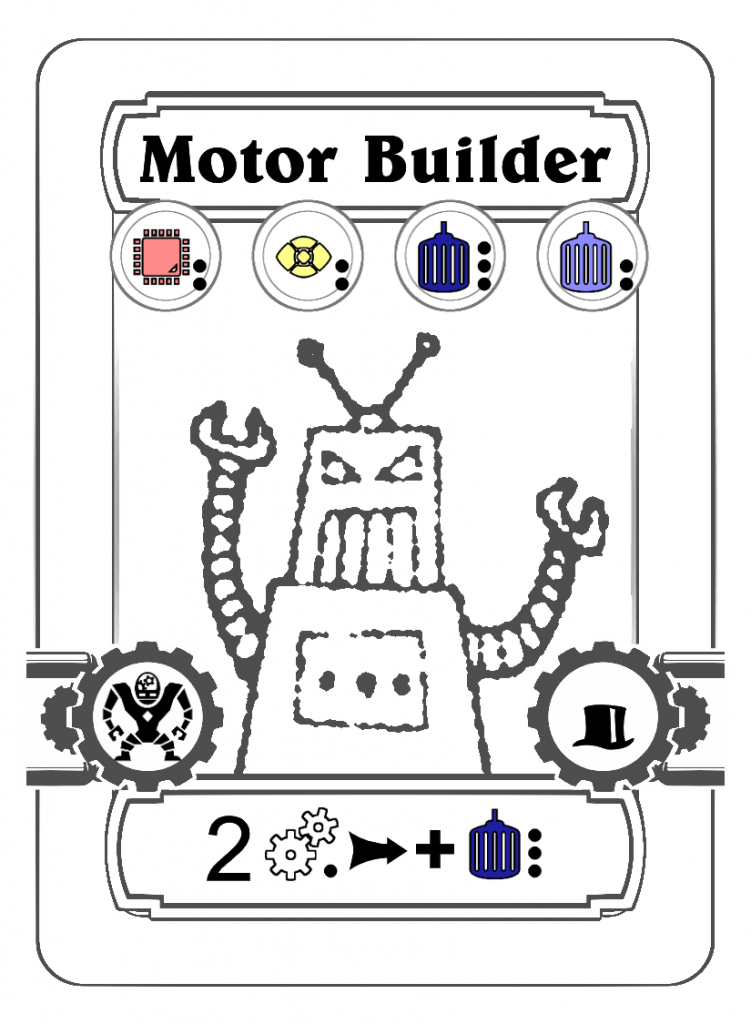
What design challenges did you have to face when designing Automatown?
One problem that I keep running into is to make simple strategies that are useful, but to make them just a little bit under-powered so that a boring strategy can’t win you the game. I have one playtester that loves to break the game by finding a simple strategy that is overpowered and using it so much that he wins. I really appreciate that he does that because it helps me make the game better. If you are designing the game and someone breaks it for you, that is a great thing, since it means that you can close that loophole in the final version of the game so that the players don’t have their experience ruined.
Tell us about some of the other designs you’ve been working on.
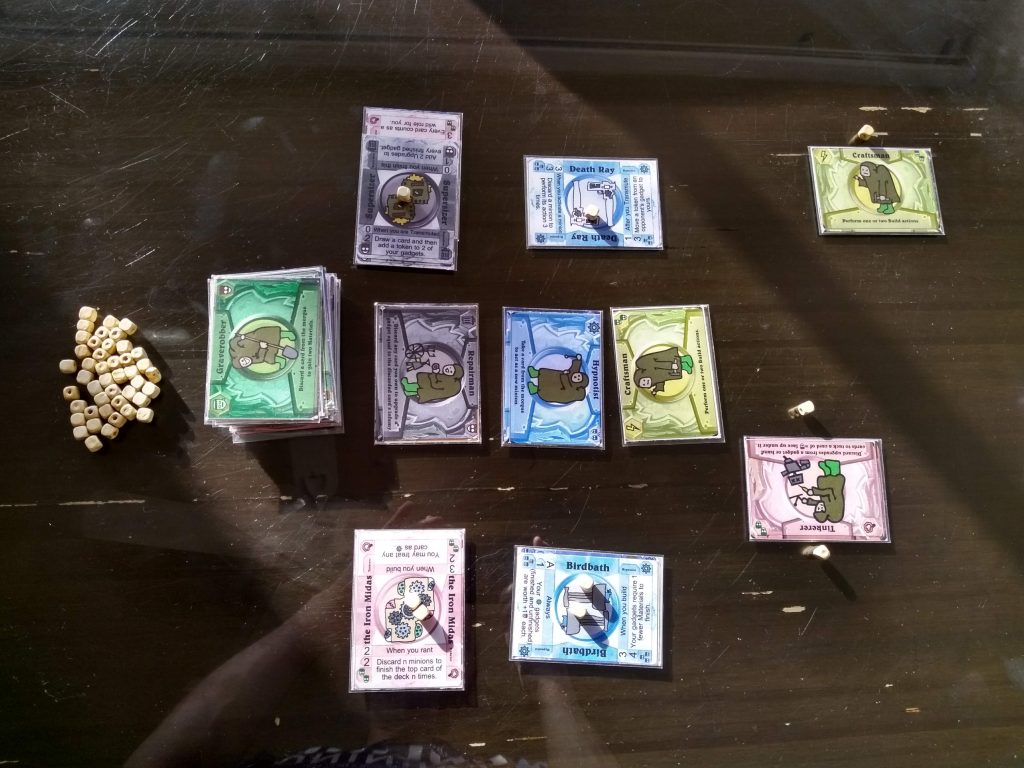
Here are a few:
Infamous is an effect building game where players gather minions and build machines and try to become the baddest mad scientist. It is loosely based on Glory to Rome, and it seems like if I could balance it a bit it could be really awesome.
Grab the Loot is my attempt at building a light party game. The players play as pirates trying to get more than their fair share of the treasure, but to not get shot by the crazy pirate captain at the same time. That one is pretty fun, but I need to simplify it because I always keep adding too many things to what should be a light game.
Defend the University is an asymmetric cooperative game where players try to stop invaders from taking over the steampunk/magic college that they are attending. Each player has a totally unique style of play which allows them to attack the monsters using whatever mechanic that they want to (one player could be playing a dice chucker, and another an engine builder, etc.) The problem with this game currently is that it takes forever trying to generate content for so many players, and balancing all of them against each other is also super hard.
It’s my understanding that you’ve been working with Button Shy for a while now. Could you share more about working with them?
Yeah – I won a 18 card design contest, and was offered a design contract with them for my game “The Perfect Moment” ( https://buttonshygames.com/products/the-perfect-moment ). We worked together to get that game and some expansions to it published. Jason Tagmire (the owner of Button Shy) did all of the work in regards to getting it published, so I pretty much could enjoy the process. He also greatly improved my super crappy art by hiring an artist, and he put it out right after a massively successful kickstarter, so I was amazed at how many copies sold. Working with Jason is really easy – he is a chill guy that let me give input into the final product, but didn’t make me do any of the work that I didn’t want to.
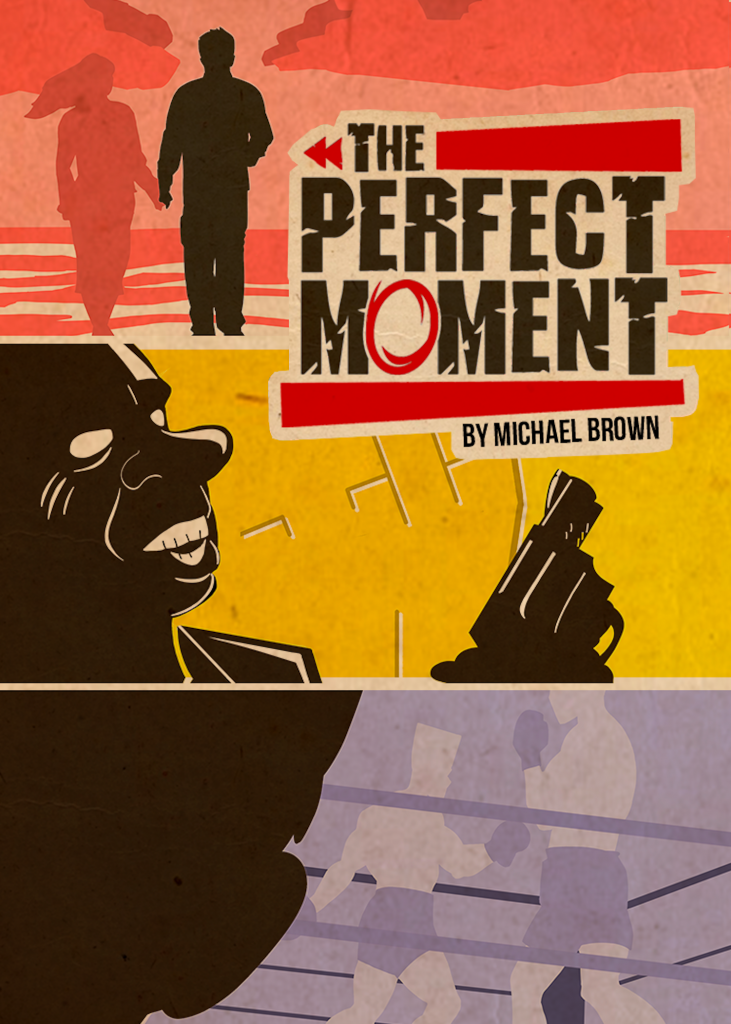
What are your plans with your designs as far as publishing goes?
I will always try and find a publisher for my games before I would even consider publishing them myself. I like the design process, not the publishing and selling process. Perhaps some day I will think that it would be worth it, but I doubt it, honestly. I do try and design games that will fit into Button Shy’s game line, but really I would be happy if any other publisher that I like picked up one of my games as well.
Final Wrap up Questions
How would you suppose the guild could improve to better assist in the game development process?
I think that the guild has been doing fine generally speaking. I like reading the newsletters, and the discord messages. I also really wanted to attend the recent prototyping event (but didn’t feel that would be responsible for me considering covid). I personally need to get my shots so that I can start attending it again. This year has been awful for game design for me.
If people wanted to contact you or follow your game designs how should they go about that?
I am theTrueMikeBrown on boardgamegeek.com. That would probably be the best way to talk to me

